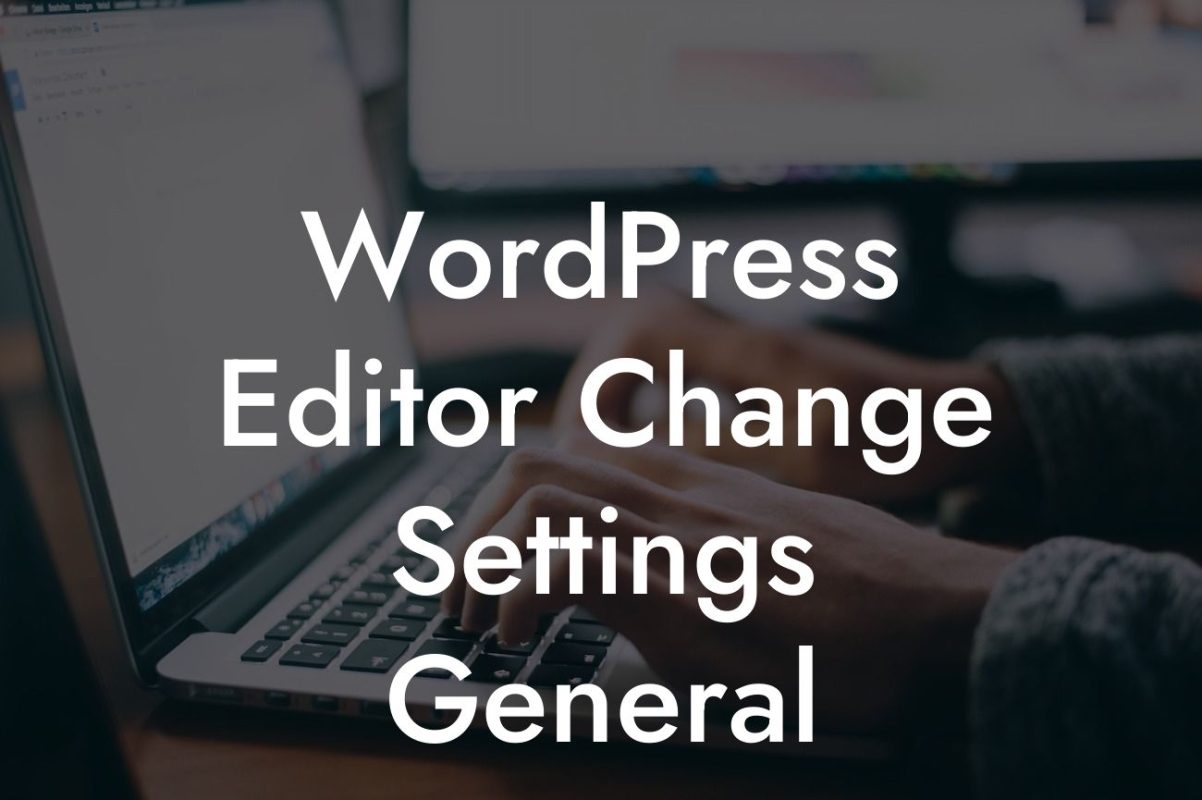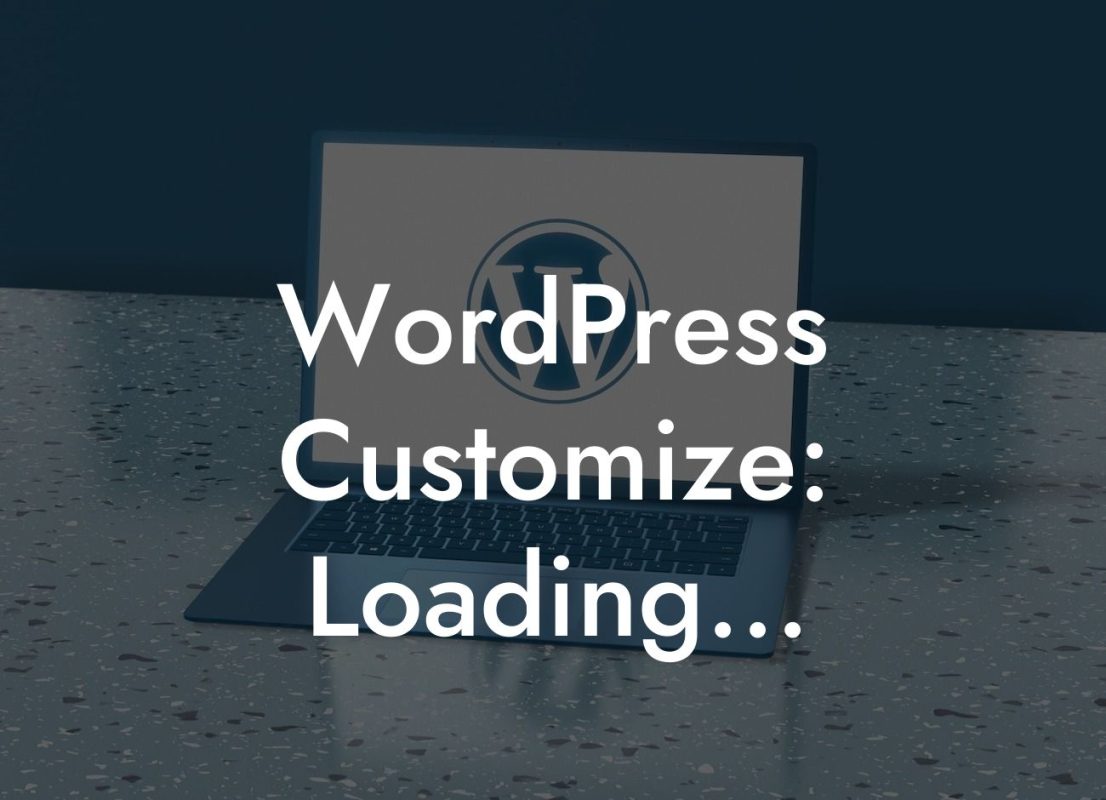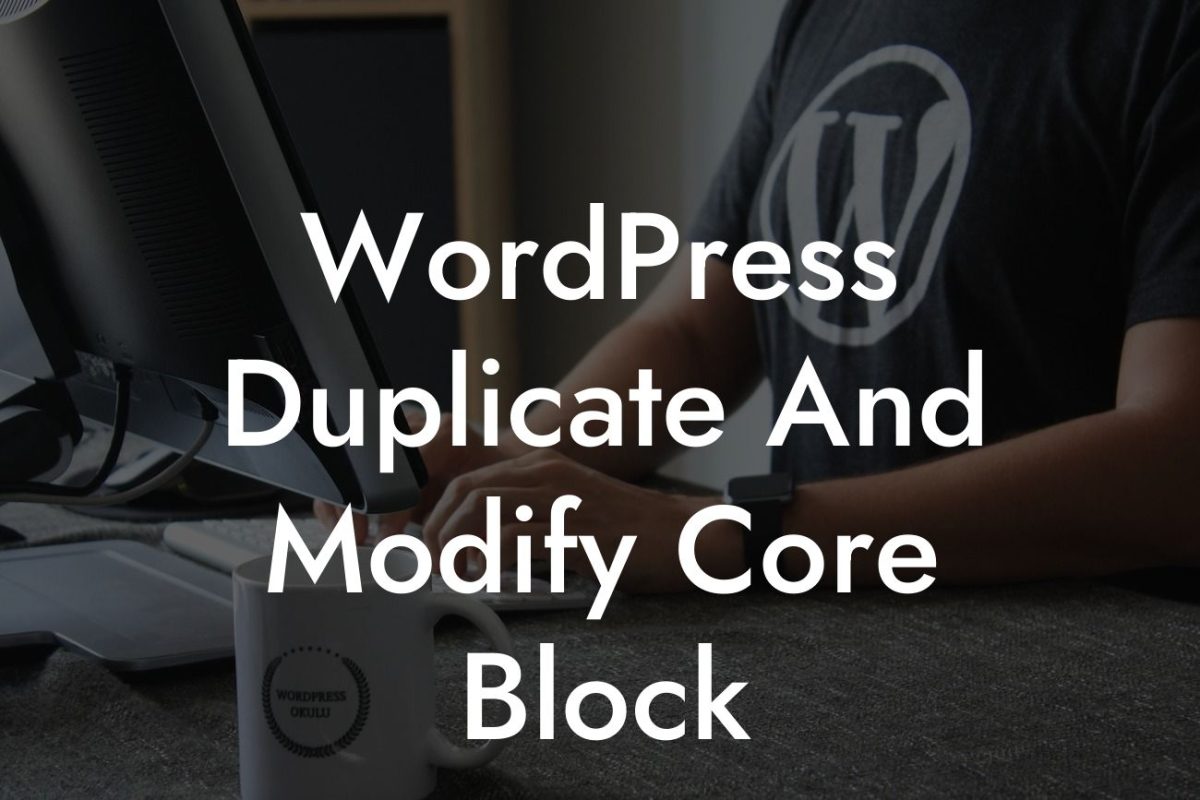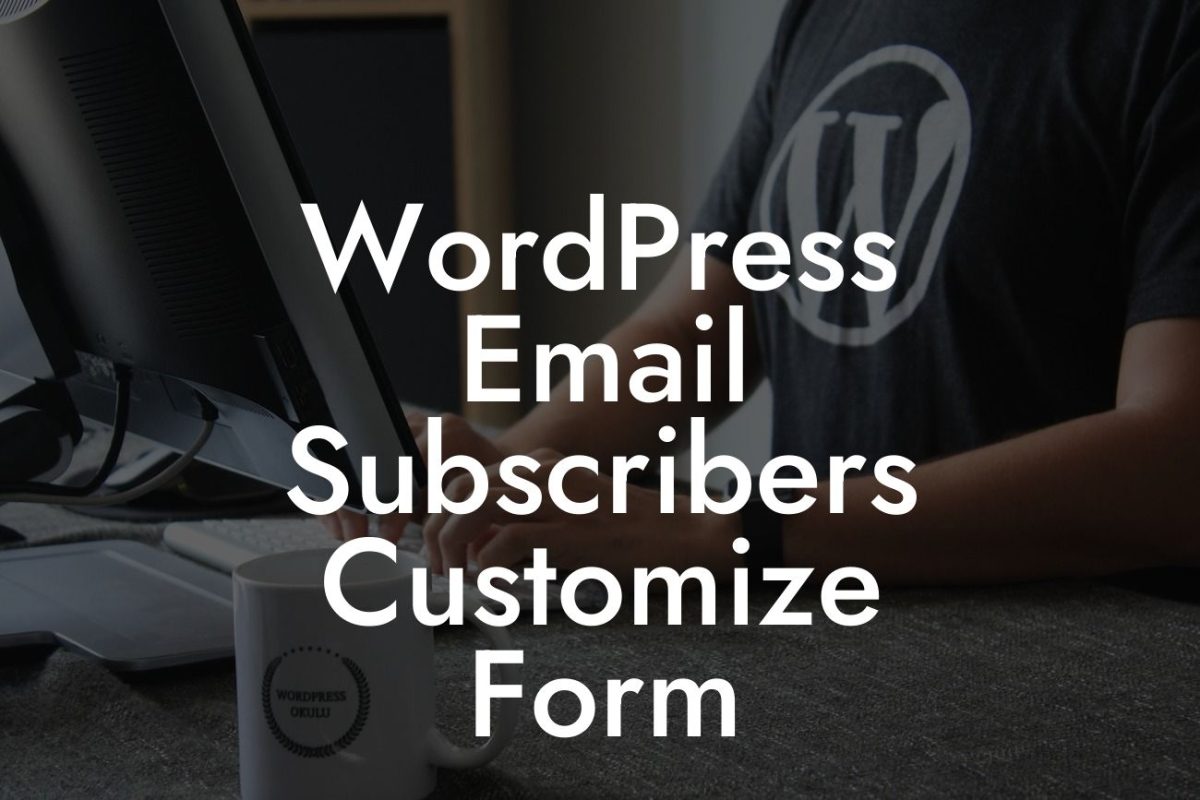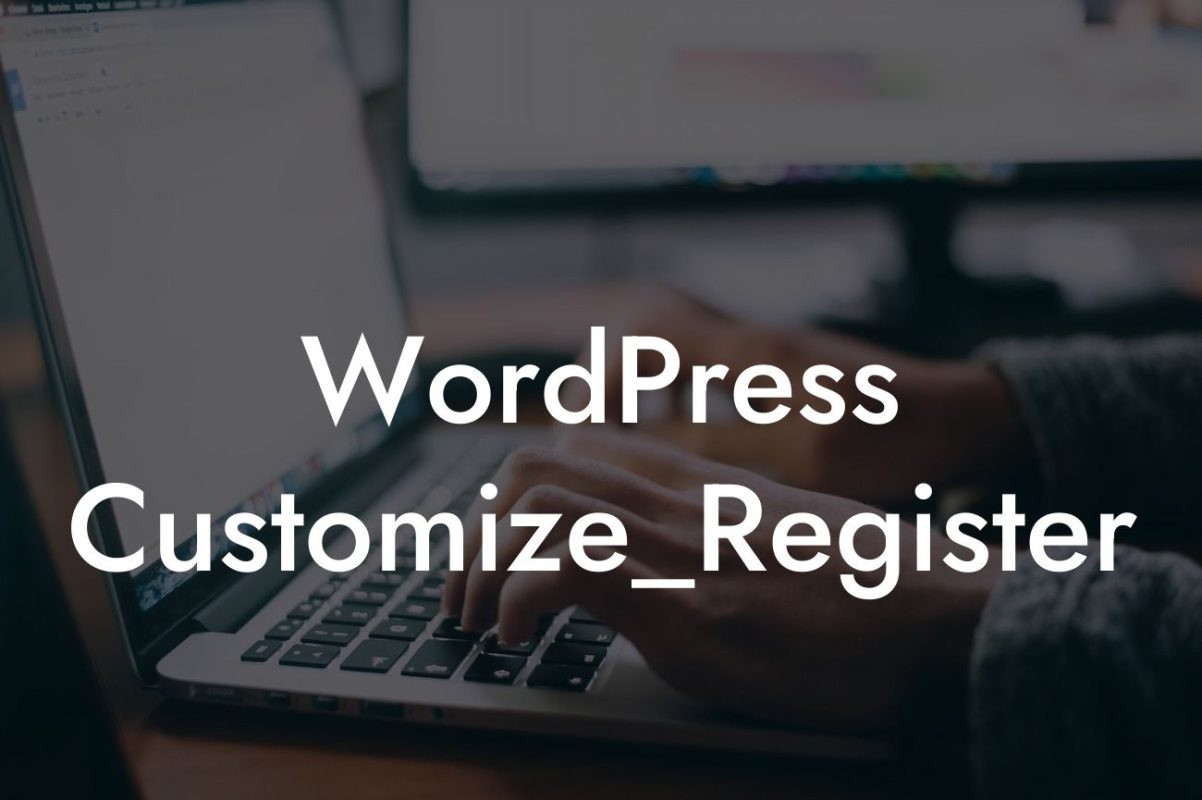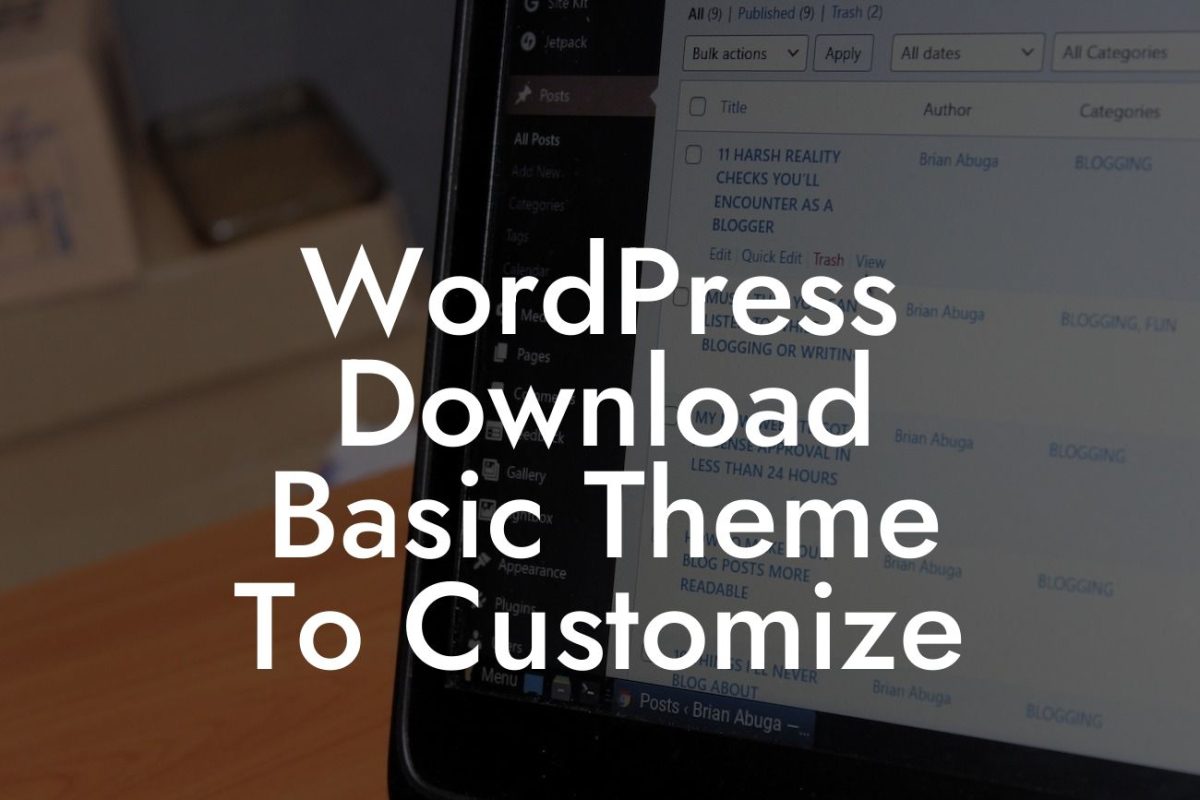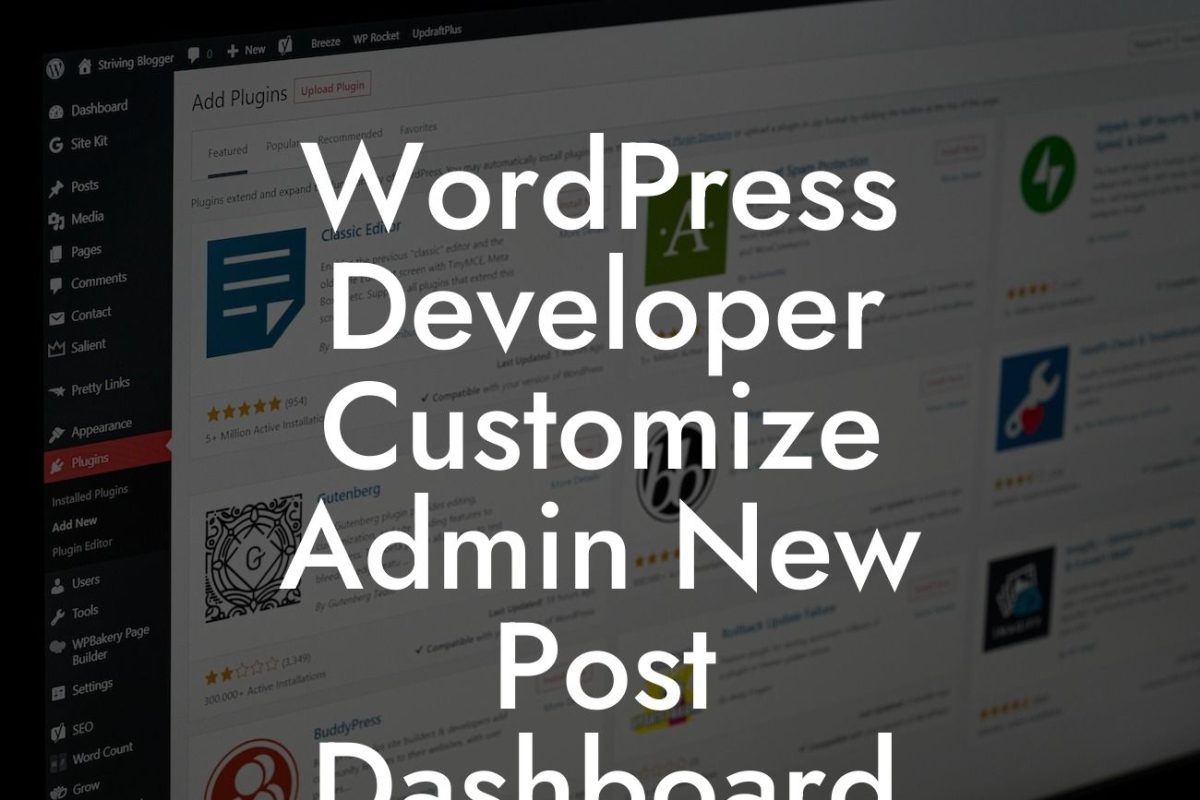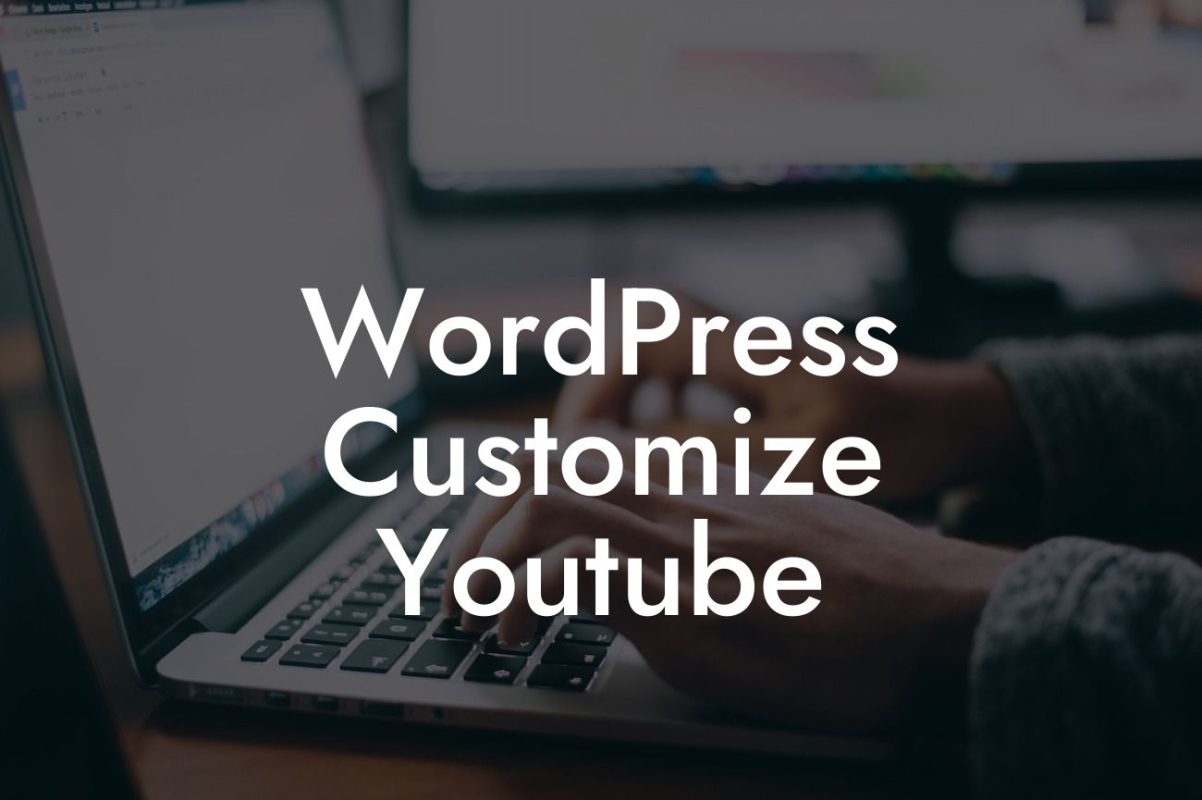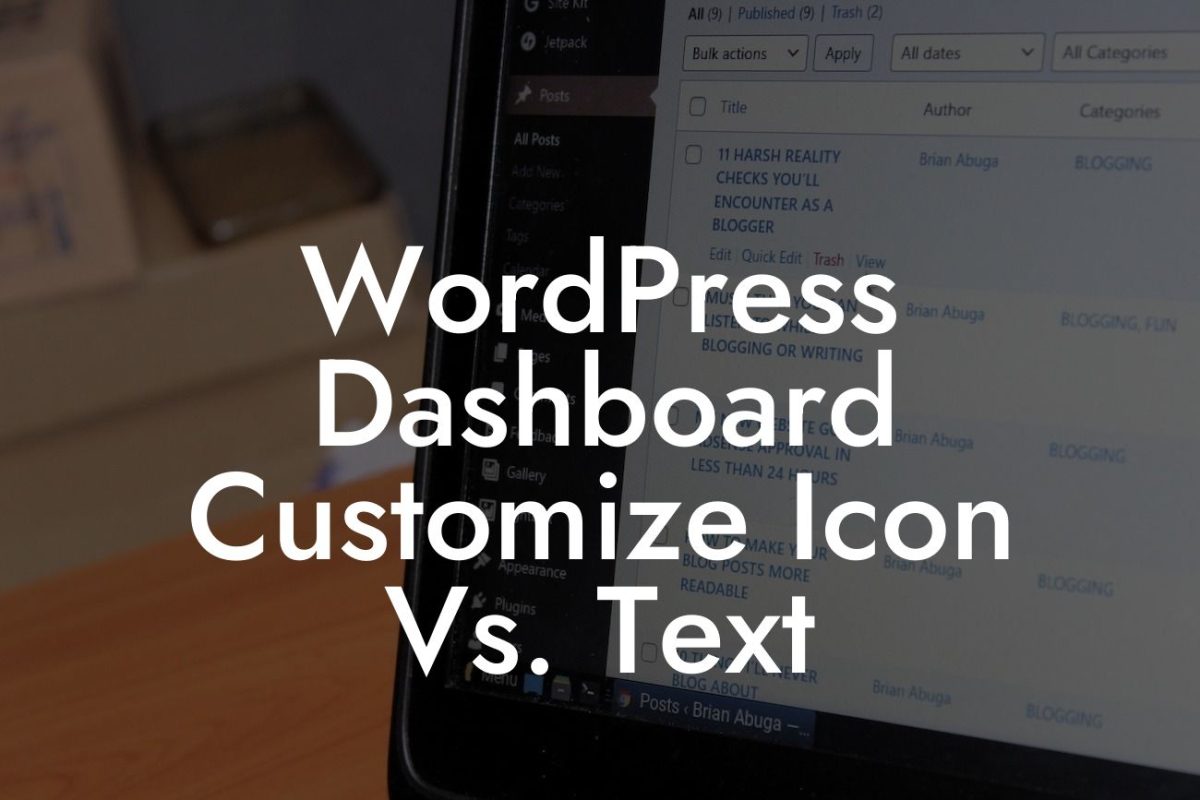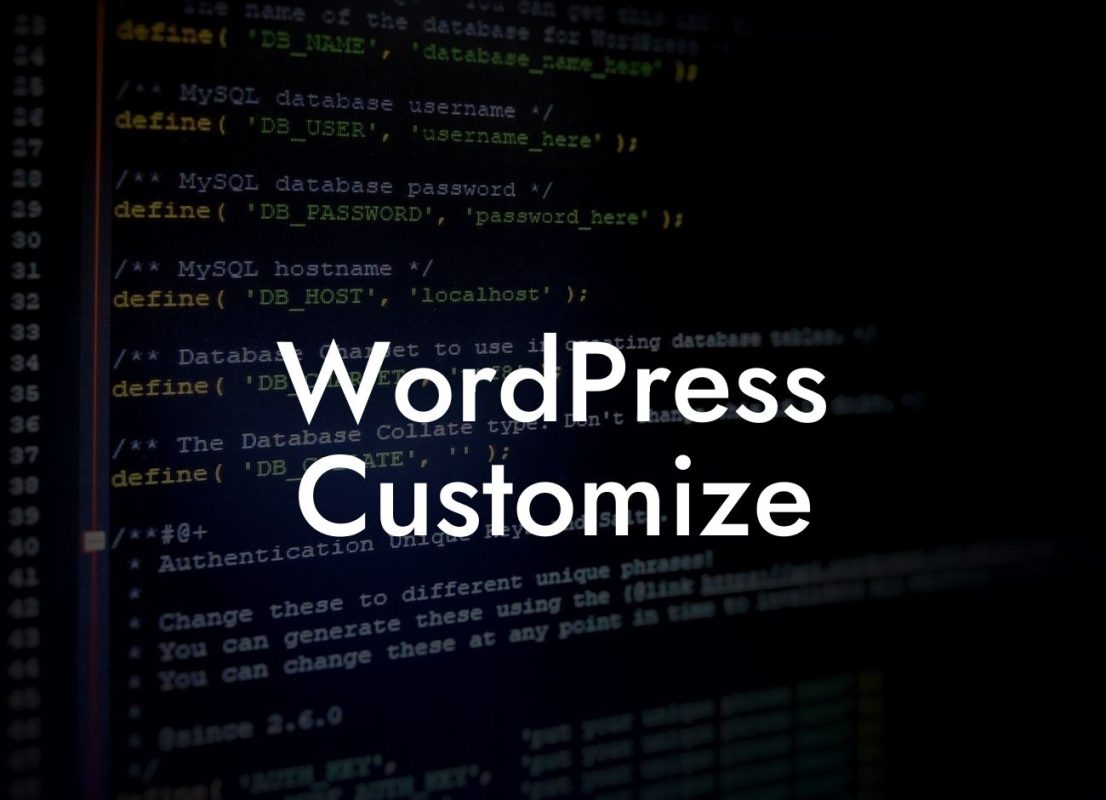Are you stuck with a dull and outdated WordPress template? Do you want to give your website a fresh and professional look? Look no further! In this guide, we will walk you through the process of changing your WordPress template. Not only will we show you how to do it step-by-step, but we will also share the benefits of this transformation and how it can elevate your online presence. Say goodbye to the old and mundane, and say hello to a more dynamic and captivating website!
Changing your WordPress template is an exciting venture that can breathe new life into your online platform. Follow these detailed steps to ensure a smooth transition:
1. Assess Your Current Template: Before diving into the changing process, evaluate your current template’s strengths and weaknesses. Identify areas where improvement is needed and make note of elements you want to incorporate into your new template.
2. Research and Select a Suitable Template: With thousands of WordPress templates available, it's essential to choose one that aligns with your brand's identity and meets your website's requirements. Consider factors such as design, responsiveness, and user-friendliness. Browse reputable marketplaces or consult with a professional to find the perfect match.
3. Backup Your Existing Website: Before making any changes, it’s crucial to back up your existing website. This ensures that you can revert back to your previous template if anything goes wrong during the process.
Looking For a Custom QuickBook Integration?
4. Install and Activate the New Template: Once you have found the perfect template, install and activate it on your WordPress dashboard. Most templates come with step-by-step installation instructions, making it easy for even beginners to get started.
5. Customize Your Template: Now comes the fun part! Customize your new template to give it a unique and personalized touch. Adjust colors, fonts, layouts, and add your own branding elements. Tailor it to reflect your brand's personality and capture your visitors' attention.
6. Migrate Your Content and Plugins: Transfer your existing content, such as blog posts, pages, and media, to the new template. Ensure that all your plugins are compatible with the new template and make any necessary adjustments or installations. This way, you won't lose any valuable data or functionality.
Wordpress Change Template Example:
Let's say you own a small bakery business and want to revamp your website to showcase your delicious treats. By changing your WordPress template, you can transform your plain and ordinary website into a mouth-watering online bakery. Picture a template that features enticing food images, an easy-to-navigate menu, and a user-friendly online ordering system. With this new template, your potential customers will be hooked from the moment they land on your website, increasing your chances of converting them into loyal customers.
Congratulations! You have successfully changed your WordPress template and unleashed the full potential of your website. Take a moment to explore other insightful guides on DamnWoo's blog to further enhance your online presence. Don't forget to try out one of our awesome plugins, designed exclusively for small businesses and entrepreneurs like you. Share this article with others who might benefit from a template change and spread the word about DamnWoo's commitment to elevating online success!


